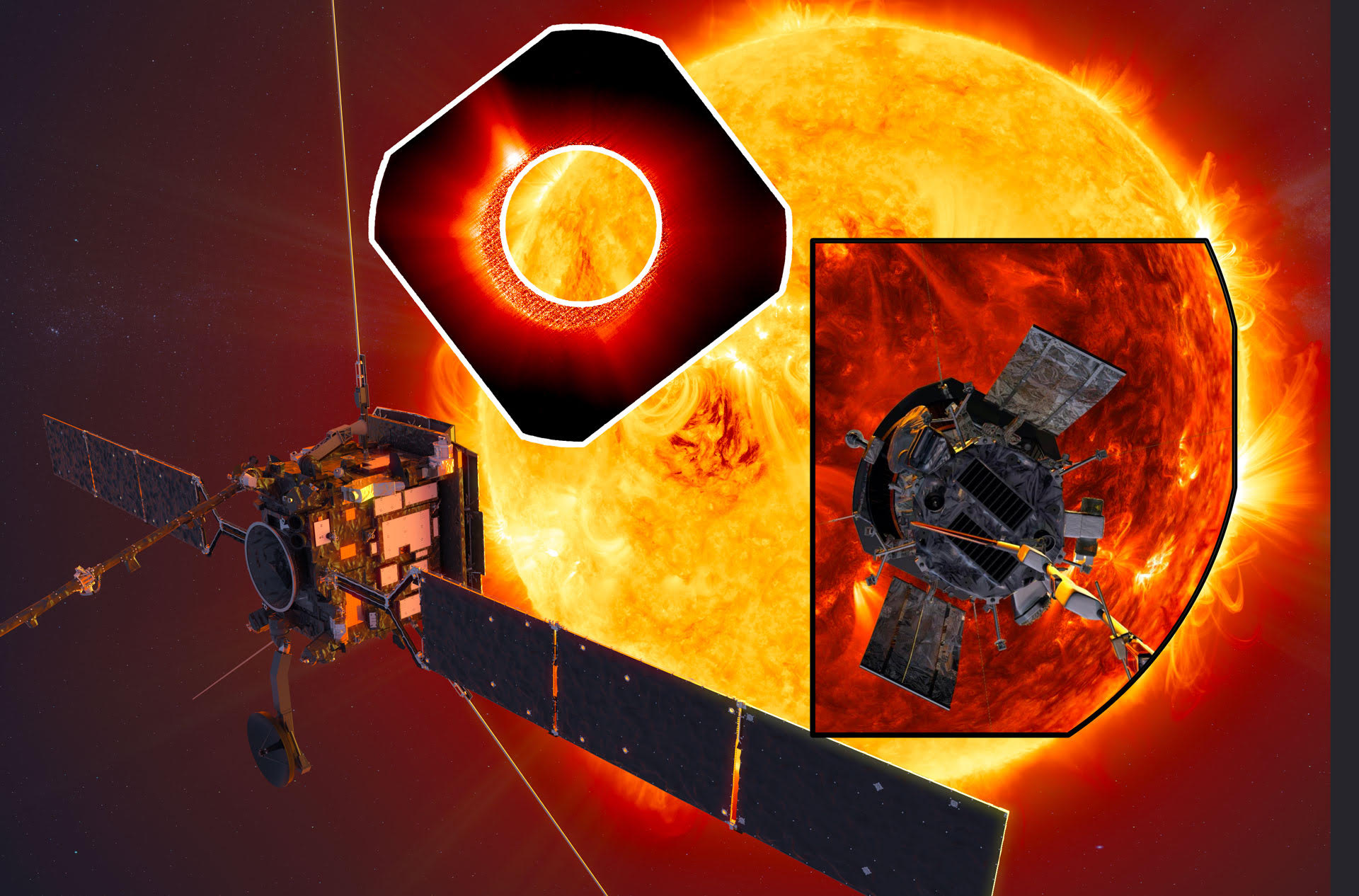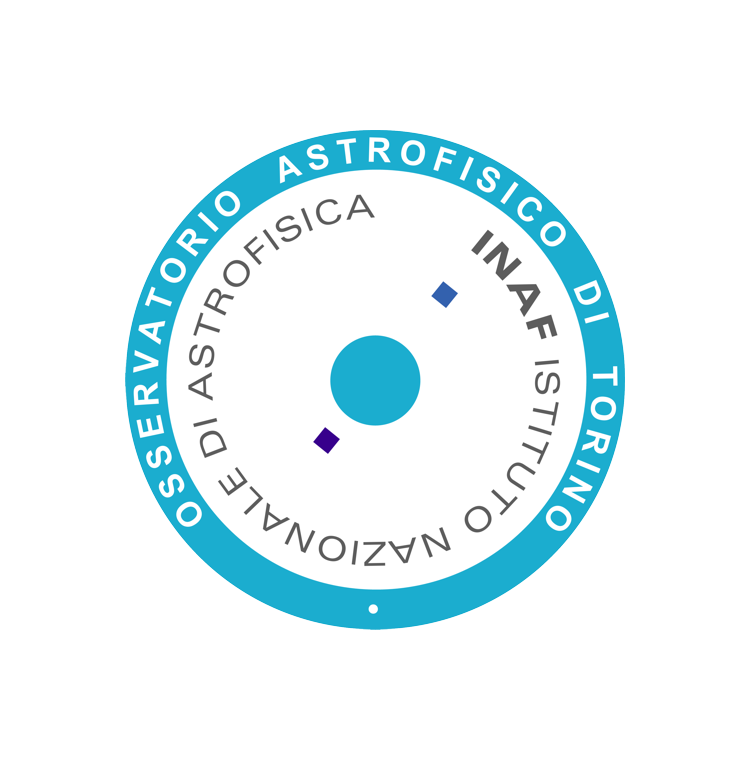
Credits: ESA
By Daniele Telloni
The outermost layer of the Sun’s atmosphere is called the corona. It consists of an electrically charged gas known as plasma and has a temperature of about one million degrees Celsius. That is, it is 150 times hotter than the surface of the Sun. This represents one of the most long-standing mysteries of solar physics. Central to the recent solar missions Parker Solar Probe and Solar Orbiter, launched in 2018 and 2020, respectively, is understanding the mechanisms that heat coronal plasma to such high temperatures. Despite their recent discoveries that are revolutionizing our understanding of the Sun and its environment, it is when they operate in synergy that the most important breakthroughs can be achieved. On June 1, 2022, Parker Solar Probe and Solar Orbiter were in a very special orbital configuration that allowed the first-ever simultaneous measurement of the large-scale configuration of the corona and its microphysical/kinetic properties, ultimately enabling the first empirical estimate of the rate of energy deposition by turbulence in the corona. Metis is the Italian coronagraph aboard Solar Orbiter (http://metis.oato.inaf.it/) that provided critical observations for this investigation. What has emerged from the study, led by Daniele Telloni of the National Institute for Astrophysics, involving the Metis/Solar Orbiter and Parker Solar Probe teams and published on The Astrophysical Journal Letters (https://iopscience.iop.org/

